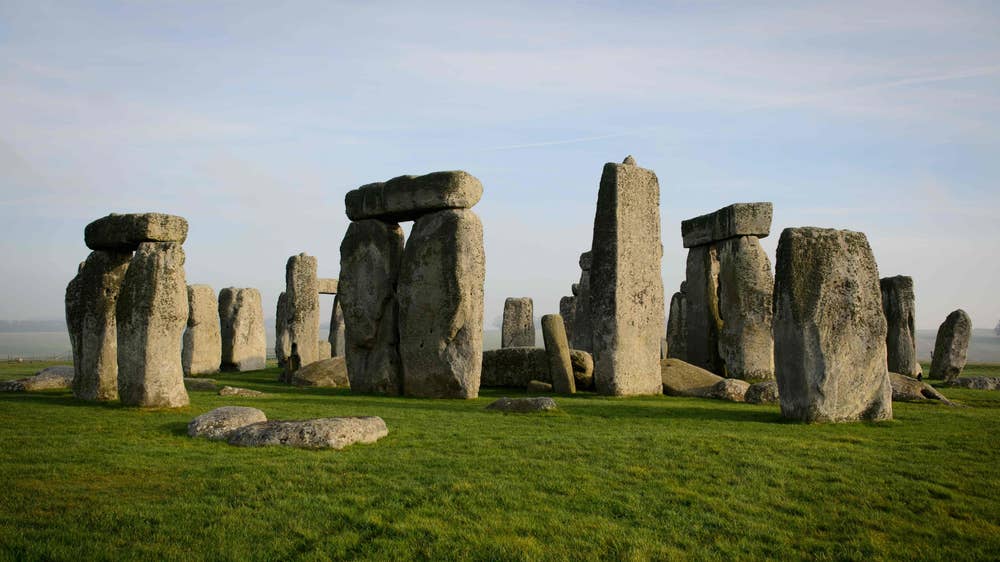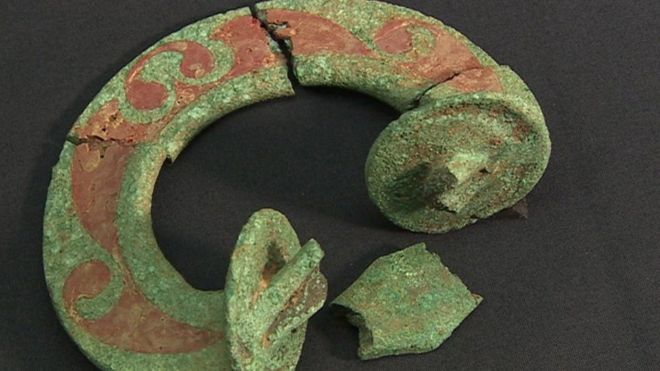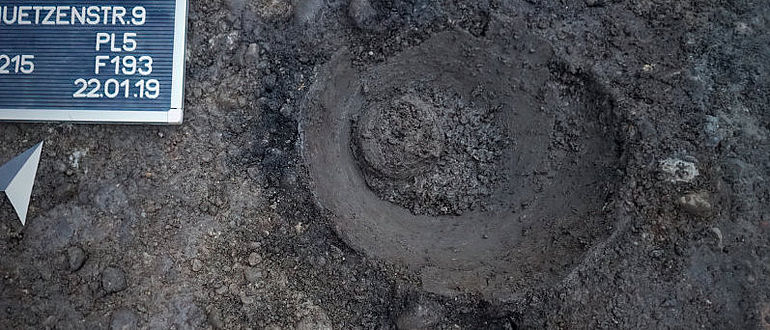MUSEUM OF LONDON
Here's a piece of history pulled from the muddy banks of the River Thames.
It's a skull fragment that is 5,600 years old. It dates to a time long before there was any permanent settlement on the site we now know as London.
Investigations indicate it belonged to a male over the age of 18.
There are older Neolithic remains that have been recovered in the region, but what makes this specimen especially interesting is that it's the earliest ever skull found by "mudlarkers".
If you haven't heard of them before - they're the band of mostly amateur archaeologists who scour the Thames' edges at low tide for objects of intrigue and antiquity. And they're constantly picking up fascinating items - many of which end up in the Museum of London, where this frontal bone will now be displayed from Wednesday.
Watch the video







